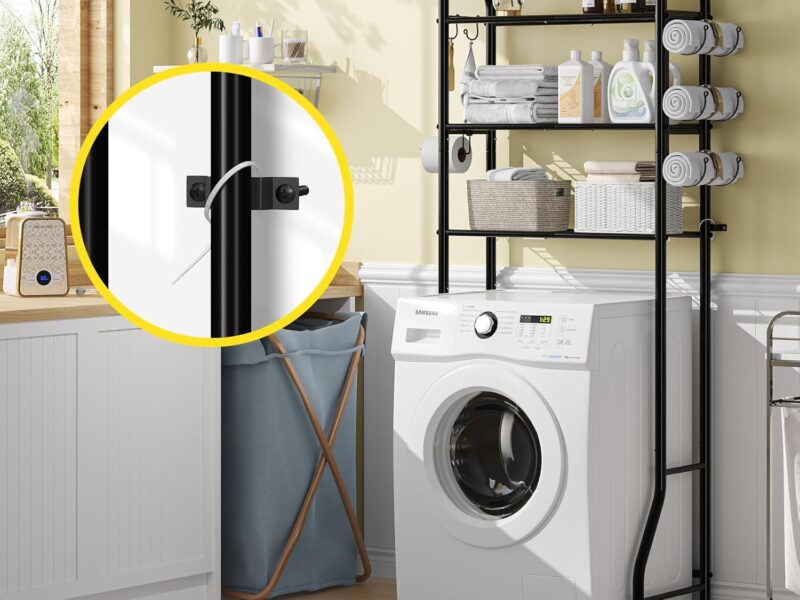1. Higher Upfront Costs
- Installation Cost: Tankless systems require specialized installation, often including upgrading gas lines, electrical systems, or venting, which can be expensive.
- Unit Cost: A tankless heater costs more upfront than a traditional storage tank heater.
2. Retrofitting Challenges
- Replacing a conventional water heater with a tankless system may require extensive modifications to plumbing and gas/electrical systems, adding to the cost.
- Older homes may not have the necessary infrastructure without costly upgrades.
3. Limited Flow Rate
- A single tankless unit may struggle to supply hot water to multiple fixtures simultaneously, making it less ideal for larger households.
- Some users experience a “cold water sandwich” effect—short bursts of cold water when hot water demand fluctuates.
4. Maintenance Requirements
- Tankless water heaters require regular descaling, especially in areas with hard water, to prevent mineral buildup.
- Some homeowners don’t want the added maintenance responsibility.
5. Payback Period
- While they save energy, it can take years to recoup the higher initial cost through energy savings.
- People who don’t plan to stay in their home long-term may not see the financial benefit.
6. Perceived Complexity
- Many homeowners are simply unfamiliar with how tankless systems work and default to what they know: traditional water heaters.
- Misconceptions about performance (such as slower hot water delivery) deter potential buyers.
Would you consider a tankless heater for your home? Opt for tankless water heaters
The Future of Tankless Water Heaters in Smart Home Technology.


